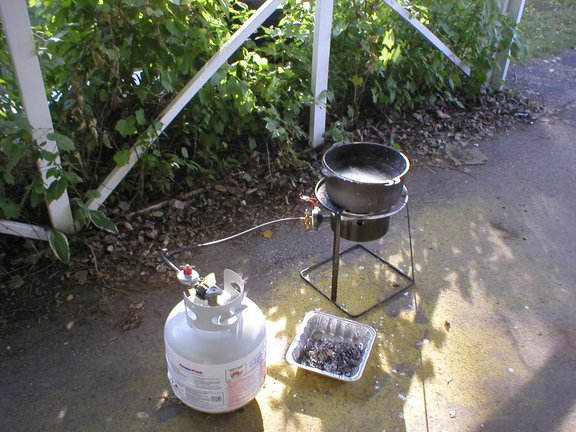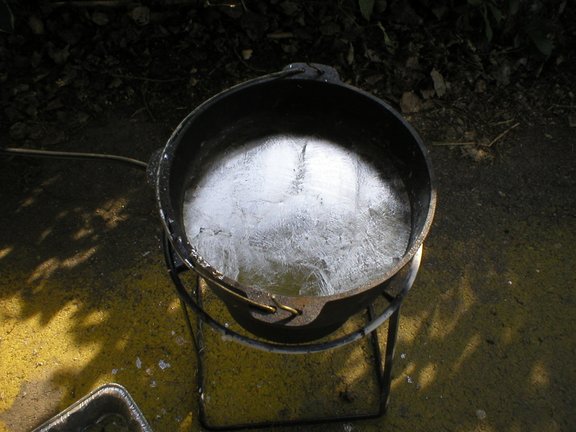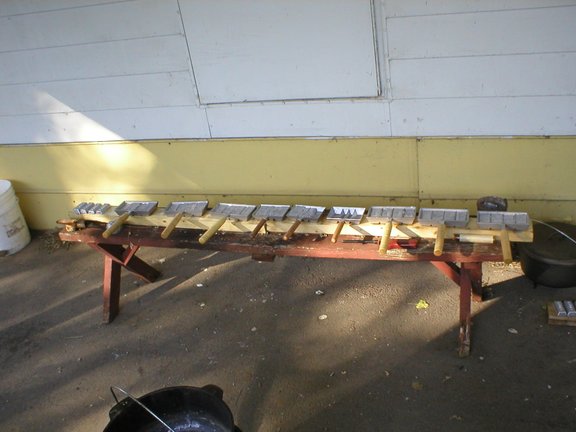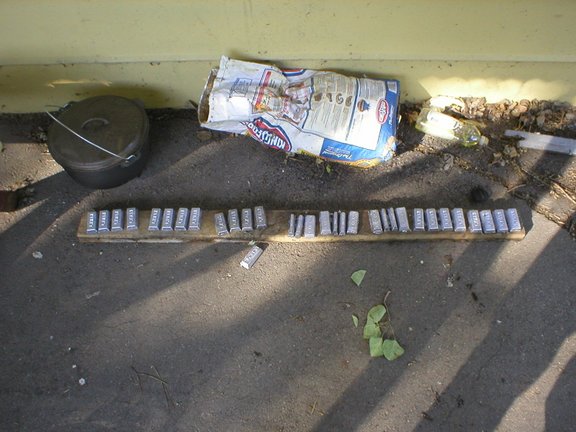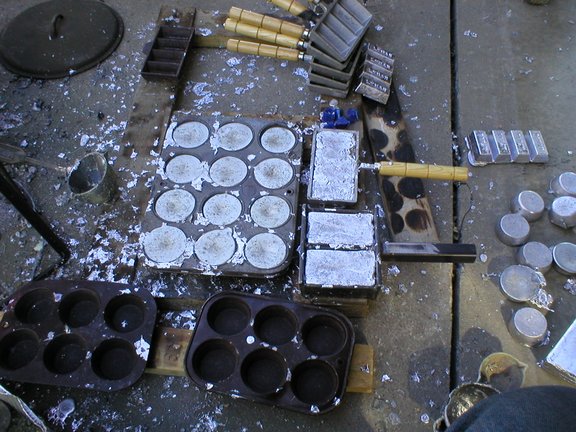chris in va
New member
I've been using a little electric burner to melt wheelweights. It works well enough in the summer but just can't do it in the wind or cold weather.
I like that the occasional zinc weight will just float to the top, but how do you prevent one from melting in a higher BTU burner? Do I set this thing on 'low' or something else?
I like that the occasional zinc weight will just float to the top, but how do you prevent one from melting in a higher BTU burner? Do I set this thing on 'low' or something else?

